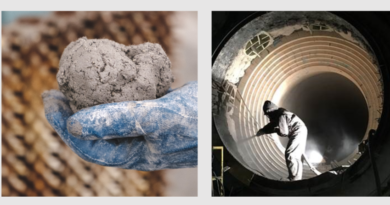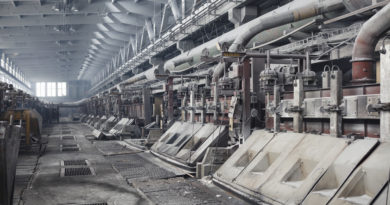Raw materials for refractories industry severely restricted, says Roskill
For the refractories industry, the end of 2020 was marked with trepidation, as annual environmental inspections and plant closures caused disruption to Chinese raw material supply chains. China dominates the supply of refractory raw materials including non-metallurgical bauxite and alumina, natural flake graphite, and magnesia.
Weak refractory markets through the first half of 2020, caused by the effects of the COVID-19 pandemic, left consumers and traders of refractory raw materials reluctant to hold large quantities of stocks. As demand recovery gains pace, such companies have found themselves vulnerable to supply chain fluctuations.
This season, stricter than usual restrictions were put in place just as the refractory industry had turned a corner and reported stronger than expected growth in the second half of 2020. This has left Chinese producers with lower availability to meet orders and led to strong price rises for refractory raw materials.
In previous years, some production had continued though restrictions ‘under the radar’, for example, with companies able to avoid night-time detection; extra monitoring no longer makes this possible.
While some Chinese producers had made necessary equipment alterations and obtained licences to return to operation by early 2021, this season’s restrictions have led to bottlenecks at Chinese ports.
The situation has not been helped by the cancellation of shipping lines in early 2020 when COVID-19 hit, with vessels and containers being abandoned at ports and now needing to be relocated, leading to soaring shipping costs. Meanwhile, some provinces have blocked the use of trucks on major roads.
Supply disruption was not helped by the February Chinese New Year celebrations, which interrupted supply for 1-2 weeks, but which may be extended in 2021 because of COVID-19, with workers using up holiday saved throughout the year and taking longer to navigate tougher travel restrictions.
Some industry members are predicting Chinese supply disruption to stay for several months with restrictions in place until May, potentially affecting the refractories market through to the end of the year.




